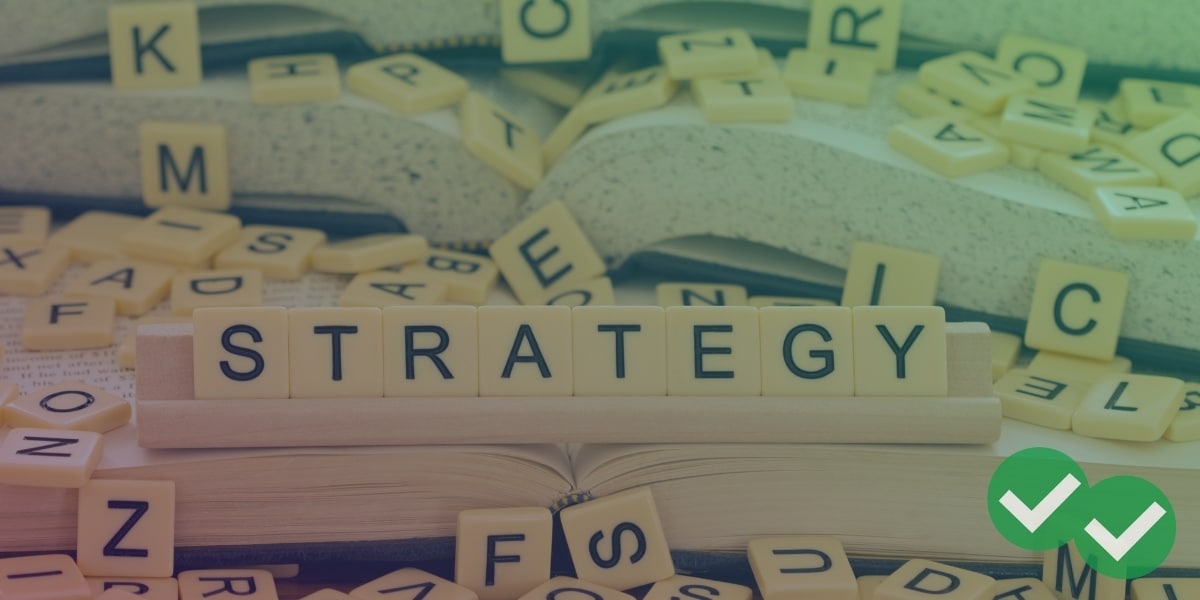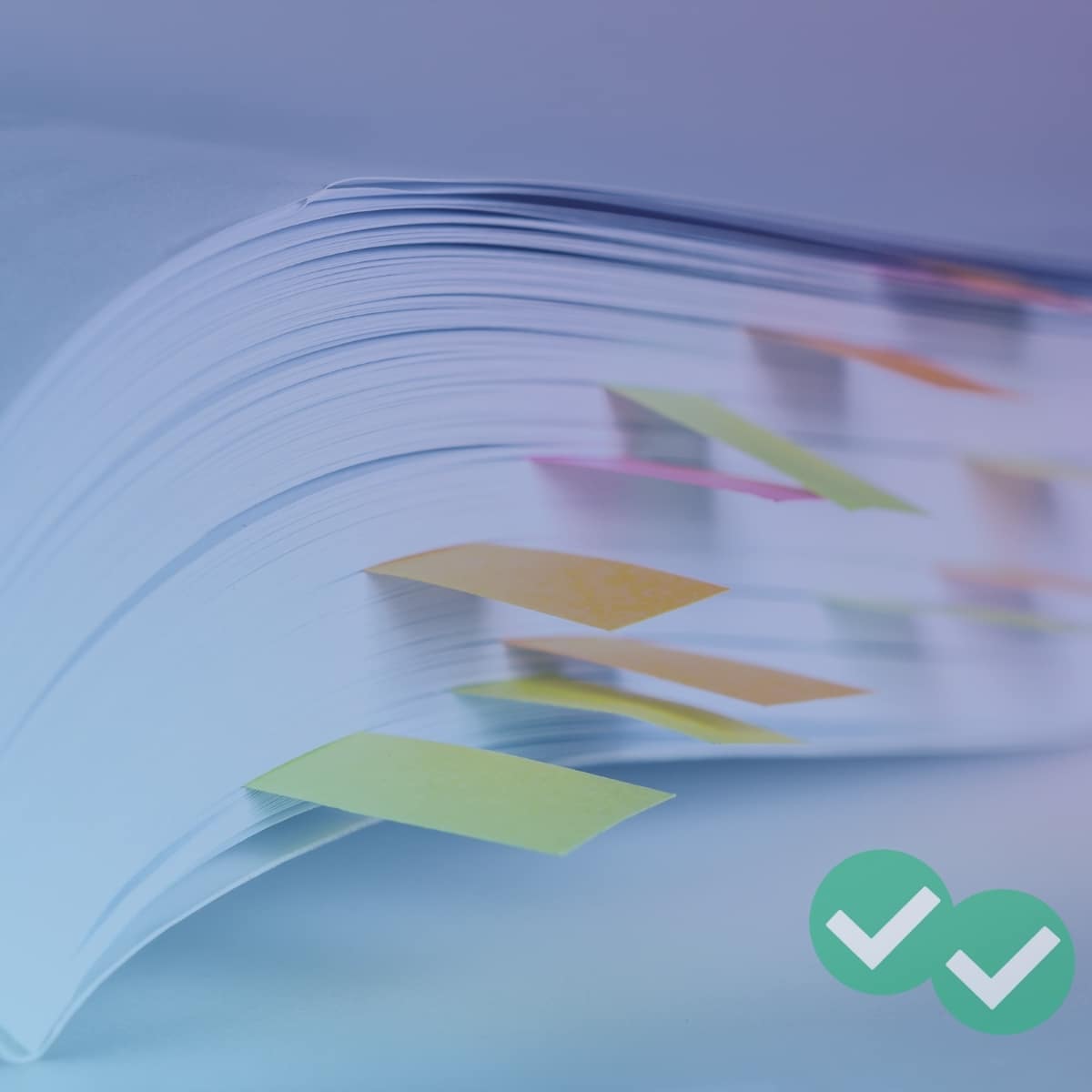
What’s your IELTS Reading strategy? It’s not an easy question to answer is it? Sometimes it’s hard to find the very best approach for your prep. That’s where we come in. In this article, we’ll give you four winning strategies to help you craft the perfect approach to IELTS Reading!
IELTS Reading Strategies and Techniques
The IELTS Reading exam is probably different than the English reading tests you’ve taken in school. Most of the time, reading exams involve carefully reading a passage from beginning to end and then answering comprehension questions about it. In theory, this is also what you should do on the IELTS Reading paper.
In practice, this approach doesn’t work very well for most people. The reason is simple—there simply isn’t enough time on the IELTS Reading paper to read each passage slowly and carefully AND answer all of the questions. This is especially true on the Academic IELTS, where you only have 60 minutes to read 3 long and complex passages. On the General Training IELTS, it may be possible to read each passage carefully if you are a proficient reader. Nevertheless, I still recommend a different approach. Try these strategies as you practice:
IELTS Reading Strategy 1: Skim Each Passage Before Looking at the Questions.
Learning to skim a passage effectively can save you a lot of time. To skim, take 3 to 5 minutes to look over each paragraph quickly, but in a strategic way. You should read the first line or two of each paragraph normally, but then you should go over the rest much faster. As you skim, you’re trying to notice words that stand out because they seem important. This helps you to get the “gist,” or the basic sense of each paragraph.
The ultimate goal of skimming is to notice things in the text that will help you answer questions. You may find people’s names, or important dates. You may also figure out how a passage is organized.
For example, imagine you are reading a historical text. Often, historical passages are organized chronologically, from the beginning of a time period to the end. Skimming effectively will help you to notice this organizational pattern, and this knowledge will most likely help you to find answers to questions more quickly. Any time you get a question that includes a date or time reference, you’ll know where to look because you’ve skimmed the passage effectively.
Here is a summary of the key skimming techniques you should master:
- Notice the title of the passage. It often gives you a general idea about the main idea of the text.
- Read the first sentence or two of each paragraph. Often, this is where the main idea of each paragraph is located.
- Underline words that stand out to you as important (or highlight the words onscreen if you are taking the computer-delivered IELTS). This will help you get a general idea of what is being talked about.
- Pick out words that have something in common (i.e., airports, passengers, lounge, fly).
- Ignore words that you do not know. Focusing on words that are unfamiliar to you will slow you down.
- At all times, try not to get caught up in the detail when you skim!
Now try it yourself!
Strategies 2 and 3: Underline or Highlight Key Words As You Skim and Take Short Notes
Strategies 2 and 3 work together with the skimming strategy above. Basically, the goal of “underlining” and taking “notes” as you skim is that this helps you remember what you learned when you go to answer questions. It’s very simple. Here’s what you should do:
IELTS Reading Strategy 2
As you skim, quickly underline or highlight each word that seems important in your Question Booklet (which contains your Reading passage). In other words, don’t just skim with your eyes. Use your pencil or the highlight function (if taking the computer IELTS) to underline or highlight things that stand out as you skim the passage.
IELTS Reading Strategy 3
Secondly, as you skim, quickly write very short notes (2-5 words) next to each paragraph with your best guess about the main idea of that paragraph. You don’t have to be comprehensive or even 100% right about your “guess” in order for it to be useful. To be sure, if you had time to read the paragraph carefully, you could almost certainly come up with very good and accurate summary notes. But you might be surprised how close you can come to the main idea of each paragraph just from skimming. Again, this technique works for both the paper-based and computer-delivered IELTS; on the computerized IELTS, there’s actually an onscreen note-taking function.
We’ll continue using the IELTS Reading passage from Strategy 1 as an example.
Write a few notes next to both paragraphs with your best guess about each one’s main idea. Try it, and then look at the examples provided immediately below.
Here are some example notes:
- For paragraph B: Amount of helium in Atmosphere
- For paragraph C: Uses of Helium
These simple notes can be incredibly valuable. Many questions ask you to find the main idea of a paragraph, like you must do for “Matching Headings” questions (which we’ll look at closely later in this post). Your underlined or highlighted words and notes can even help you with detail questions by providing clues about where to search for answers in the text.
IELTS Reading Strategy 4: Scan the Text Strategically for Answers
After you’ve thoroughly skimmed the text, you’re ready to turn to the questions. Each question type is slightly different, so you’ll have to vary your approach in some ways for each new set of questions. However, the strategy discussed in this section applies to them all. The basic concept is simple: First, read the questions carefully and look for keywords. Then, you scan the passage for answers.
When you look for keywords in the questions, you should underline or highlight the most important ones. This may sound like a lot of extra work, but it really shouldn’t require a lot of time. As you read, simply use your pencil to mark up the questions.
These keywords provide the concepts for which you’ll need to search in the passage. As you’re probably aware, IELTS questions almost never use the same language as the actual reading passage (except for incorrect answer choices!). Instead, the questions will be paraphrases of information found in the article. This is one way the IELTS tests your vocabulary.
Paraphrases will be synonyms or different forms of words found in the text. A paraphrase could also be an entire sentence that conveys the same meaning as a sentence in the passage, while using different words and sentence structures. When you underline or highlight keywords in the questions, you’re identifying the IDEAS you need to search for in the passage.
Use a strategic approach when you scan the reading passage for answers. It’s best to begin with questions that have keywords you think you can find easily in the text. When you answer questions that are “easy” to locate, you will learn a little more about what is contained in the Reading passage because you had to read some segments closely to confirm your answers. This process continues with each question you answer. It is possible (and fairly common!) to find an answer to a different question than the one you’re searching for at that moment.
What makes one question easier to scan for in the text than another? Perhaps a question stands out to you because you remember seeing the topic in the text when you skimmed, underlined or highlighted, and took notes at the very beginning. But there are some other things that can make an answer easier to find by scanning. For example, numbers and proper nouns like names or locations often stand out visually in a text. A date like 1950, and the names Jane Smith and New York City would be very easy to locate among other words. Once you find the words you’re looking for, read the surrounding sentences carefully to find the answer to your question.
A Final Word on Using IELTS Reading Strategies
Strategies that help you avoid deeply, fully reading the passage are key. Remember, the only information you need from the passage is the information required to answer the questions. Employ the IELTS Reading strategies above to save time and focus on the info you need. And treat the questions as a sort of study guide for what you should pay attention to in the reading. And last but certainly not least, be sure to tackle the IELTS Reading section as a whole; our Complete Guide to IELTS Reading is a great start for that. Good luck! 🙂






Leave a Reply